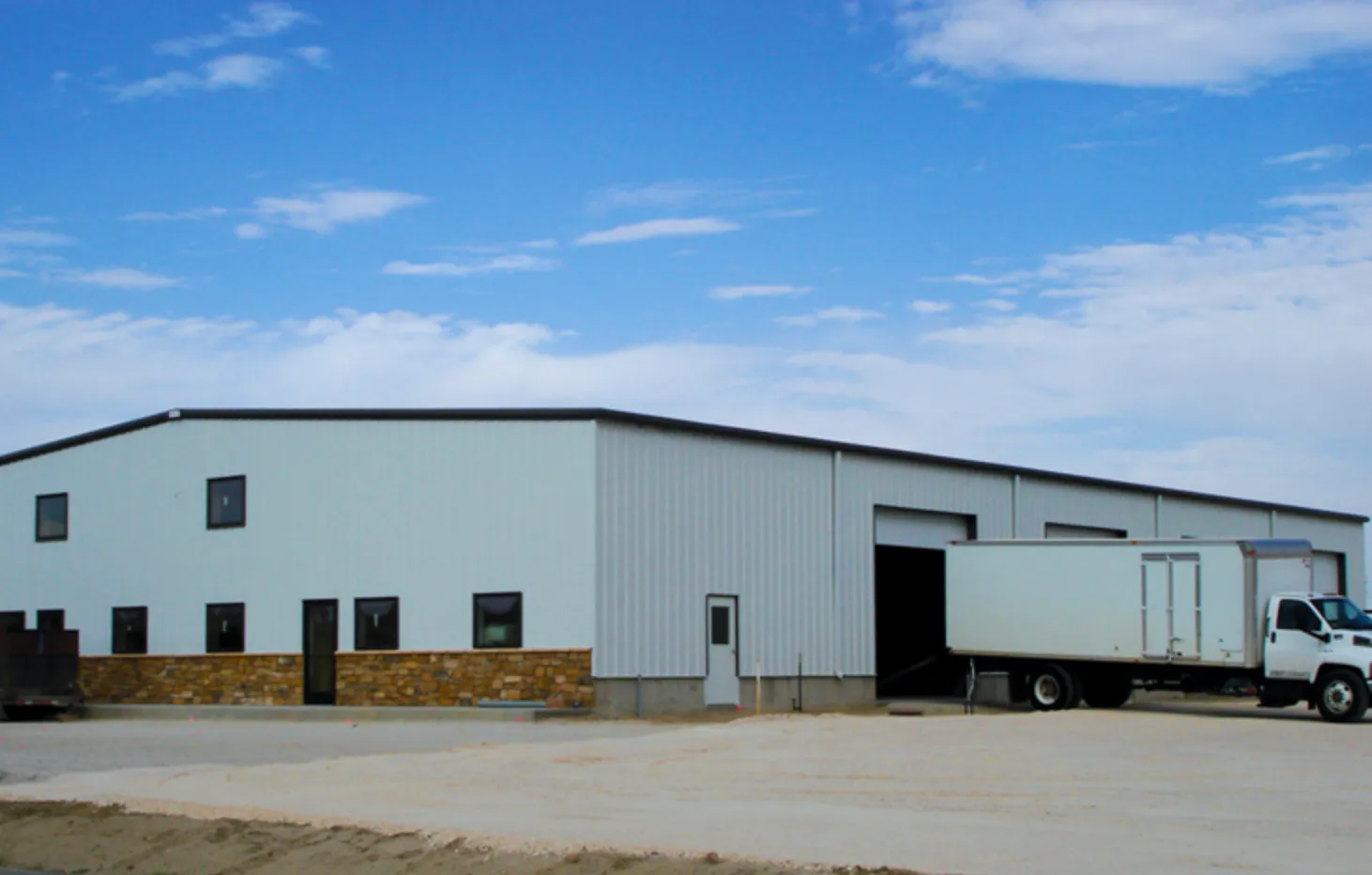- Afrikaans
- Albanian
- Amharic
- Arabic
- Armenian
- Azerbaijani
- Basque
- Belarusian
- Bengali
- Bosnian
- Bulgarian
- Catalan
- Cebuano
- Corsican
- Croatian
- Czech
- Danish
- Dutch
- English
- Esperanto
- Estonian
- Finnish
- French
- Frisian
- Galician
- Georgian
- German
- Greek
- Gujarati
- Haitian Creole
- hausa
- hawaiian
- Hebrew
- Hindi
- Miao
- Hungarian
- Icelandic
- igbo
- Indonesian
- irish
- Italian
- Japanese
- Javanese
- Kannada
- kazakh
- Khmer
- Rwandese
- Korean
- Kurdish
- Kyrgyz
- Lao
- Latin
- Latvian
- Lithuanian
- Luxembourgish
- Macedonian
- Malgashi
- Malay
- Malayalam
- Maltese
- Maori
- Marathi
- Mongolian
- Myanmar
- Nepali
- Norwegian
- Norwegian
- Occitan
- Pashto
- Persian
- Polish
- Portuguese
- Punjabi
- Romanian
- Russian
- Samoan
- Scottish Gaelic
- Serbian
- Sesotho
- Shona
- Sindhi
- Sinhala
- Slovak
- Slovenian
- Somali
- Spanish
- Sundanese
- Swahili
- Swedish
- Tagalog
- Tajik
- Tamil
- Tatar
- Telugu
- Thai
- Turkish
- Turkmen
- Ukrainian
- Urdu
- Uighur
- Uzbek
- Vietnamese
- Welsh
- Bantu
- Yiddish
- Yoruba
- Zulu
Oct . 11, 2024 05:07 Back to list
Tall Building Design Steel, Concrete, and Composite Systems
The architectural landscape of urban environments is increasingly characterized by tall buildings, which serve not only as a hallmark of modern design but also as crucial components of a city's infrastructure. The design and construction of these structures require a comprehensive understanding of engineering principles and the materials used. Among the primary materials utilized in tall building construction are steel, concrete, and composite systems, each offering distinct advantages and considerations that influence the design process.
Steel has long been favored in tall building construction due to its high strength-to-weight ratio and flexibility. Steel-framed buildings can withstand the lateral forces imposed by wind and seismic activity, characteristics essential for structures reaching significant heights. The speed of construction is another advantage of steel; prefabricated steel components can be assembled relatively quickly on-site, leading to shorter construction timelines. Additionally, steel allows for open floor plans and extensive architectural creativity, enabling designers to craft aesthetically pleasing facades using unique shapes and designs.
However, the extensive use of steel comes with its own set of challenges. Steel structures can be susceptible to fire unless treated with fireproofing materials, which can increase costs and complexity. Furthermore, the thermal expansion of steel can result in structural issues if not properly accounted for in the design phase. As such, effective management of these challenges is critical to ensure the safety and longevity of steel-framed buildings.
Concrete, in contrast, provides a robust alternative characterized by its compressive strength, durability, and fire resistance. Reinforced concrete is often employed in tall buildings to endure the immense loads transmitted through the structure. The mass of concrete helps dampen vibrations and stabilize the building, providing a sense of security against external forces. Additionally, concrete can be poured on-site, allowing for greater flexibility in shape and design.
tall building design steel concrete and composite systems

However, the weight of concrete must be taken into consideration, as it can necessitate a more substantial foundation compared to lightweight steel structures. This increased requirement may lead to higher construction costs and extended timelines. Furthermore, concrete does not possess the same flexibility as steel, making it less ideal in regions with high seismic activity unless significant engineering measures are implemented.
The emergence of composite systems has introduced innovative solutions that combine the benefits of both steel and concrete. Composite structures typically involve the use of steel beams encased in concrete, allowing for enhanced strength and stability while reducing the disadvantages associated with each material used alone. This hybrid approach provides excellent seismic performance and offers the potential for lighter structures without compromising structural integrity.
Moreover, the design flexibility afforded by composite systems enables architects and engineers to produce striking visual elements while maintaining efficient construction practices. As urbanization continues to escalate, the ability to create structures that are both visually appealing and sustainable is paramount. The integration of composite systems can lead to taller and more intricate designs, reflecting the aspirations of modern architecture.
In conclusion, the design of tall buildings is a complex interplay of various materials and engineering principles. Steel, concrete, and their composite counterparts each possess unique characteristics that must be carefully evaluated in the context of specific environmental conditions, aesthetic desires, and structural requirements. As technology advances and architectural ambitions grow, the evolution of tall building design will undoubtedly continue to shape the skylines of cities around the world.
-
How Do Prefabricated Steel Structures Transform Modern Construction?
NewsJul.14,2025
-
How Do Prefabricated Metal Buildings Redefine Modern Construction?
NewsJul.14,2025
-
How Do Prefab Insulated Metal Buildings and Steel Structures Revolutionize Modern Construction?
NewsJul.14,2025
-
How Do Pre - Engineered Steel Structures Redefine Modern Construction?
NewsJul.14,2025
-
Advancing Modular Construction with Prefabricated Metal Structures
NewsJul.14,2025
-
Advancing Industrial Infrastructure with Prefabricated Steel Solutions
NewsJul.14,2025
Products categories
Our Latest News
We have a professional design team and an excellent production and construction team.












